Peppermint essential is steam distilled from the fresh leaves
There is a LOT of information out there about essential oils, but it can become overwhelming if you’re just learning the basics. If you’ve been using natural skin care for awhile, you may already be familiar with natural essential oils, but if you’re new to all of this, keep on reading for our simple essential oil guide.
What are essential oils and how are they different from fragrance oils?
Inhale the aroma from a bottle of pink grapefruit and you'll immediately think of the juicy, tart fruit. You can almost taste peppermint as you open the bottle. Essential oils are steam-distilled, extracted with carbon dioxide or espressed from plants and retain both the aromatic and medicinal compounds of the plant. The oil can be extracted from the fresh or dried flowers, fruit, seeds, bark, leaves or roots. Essential oils are 100% natural.
Fragrance oils, on the other hand (listed as “perfume” or "fragrance" on product labels), are synthetic aroma compounds that are created in a lab. They often try to mimic natural scents that cannot be extracted – like raspberry or fresh cut grass or copy essential oils that are costly – like rose and jasmine. With many plants and fruits, there is no essential oil to be extracted. The natural fragrance that we know and recognize simply cannot be captured. So if you see a mango fragranced product, it is most definitely a fragrance oil. Sometimes they will smell very close to what they represent, other times they will smell "cheap" and not at all like the original plant, like cherry or rose, for example.
Where do essential oils come from? How are they made and why are they so expensive?
Depending on the plant and the type of essential oil being extracted, it may come from any part of a plant. For example, citrus essential oils are expressed (cold-pressed) from the fresh rind of the fruit. From the same tree, neroli oil is steam-distilled from the fresh blossoms and petigrain oil is steam-distilled from the leaves and twigs. Atlas cedarwood oil is extracted from the dried bark of the tree, while chamomile is extracted from the flowing top of the plant.
The plant material that the oil is extracted from generally dictates which method of extraction will be used, either distillation or expression. Some plants yield high amounts of essential oil, such as orange and grapefruit which contain a great deal of oil in their rinds. Because expression (cold-pressing) is a fast and simple process and a relatively high amount of oil is obtained, these oils are fairly inexpensive.
Many plants, however, contain only small amounts of the oil and extraction requires large amounts of the plant material to yield just a small amount of essential oil. Some plants require very careful care during harvest and distillation. Rose essential oil is extracted from the fresh flowers, picked before 8 am in the morning, by steam distillation and the yield is only 0.02%. That means it takes about 300 pounds of rose petals to make just one ounce of essential oil!
Fresh lavender going into the distiller at Tumalo Lavender Farm
Distillation
In this method, steam or carbon dioxide is passed through the plant material and as it rises, it carries the volatile compounds with it. The steam cools as it moves down through a condenser coil and out into a vessel, where the essential oil floats on top of the condensed liquid (called hydrosol or distillate water). These two compounds are then separated.
Expression
This simple method is also called cold-pressing and is used for citrus rinds like grapefruit, lemon, lime and orange. Machines puncture the rind all over. The rind is then pressed. Essential oil is the main substance that flows out. It is filtered and bottled. Simple!
Solvent Extraction
Some aromatic compounds in plants are too delicate to be extracted using the techniques described above. They break down and lose their distinctive aromas when subjected to heat. Delicate, waxy flowers like jasmine, gardenia and tuberoseare in this category. People have come up with some ingenious ways to capture these exquisite aromas, though. They mix the plant with a solvent that dissolves the plant material. The mixture is filtered to separate the solvent and the solid material that retains the plant mass. The end result of solvent extraction is a waxy substance called a concrete, which is further processed to obtain an absolute, a very concentrated form of fragrance that is used in perfumery.
We use 1% or less essential oils in our body and face product formulas.
What are essential oils used for?
Essential oils don’t just smell incredible, they have a multitude of uses from medicinal to emotional and spiritual. Because essential oils can quickly and easily cross mucus membranes (like the ones in your nose) and because aromas bypass our conscious brain and go straight to the primitive part of our brains, they are most popularly used for aromatherapy. They are also used topically (directly on the skin), orally (very few are safe to be taken internally) for medicinal purposes, in perfumery, to scent natural products, for deodorizing and cleaning, insect repellents and too much more to list.
Even though they are natural substances, essential oils are highly concentrated and need to be used with caution. Many are unsafe for use with children or pregnant women and others can cause skin irritation or interact with prescription drugs. Make sure you do the proper research before using any essential oils!
Who should avoid using essential oils?
- If you have a known allergy
- Children (under 6) and the elderly should avoid wintergreen and birch essential oils because they contain salicylates (similar to aspirin)
- Avoid citrus oils before going into the sun because they are phototoxic and increase sun sensitivity
- Never use essential oils "neat" (always dilute!)
- Avoid applying essential oils to mucus membranes
- Use internally only under a doctor's supervision
- If you're pregnant, avoid taking them internally, though using a lotion or bath product that contains essential oils is generally safe. Avoid diffusing or using basil, clary sage, clove bud, hyssop, sweet fennel, juniper berry, marjoram, myrrh, rosemary, sage, thyme, and wintergreen essential oils. Florals that are usually found in skincare products, like lavender, rose, and chamomile, are okay to use. *Products like our Skin Doctor Salve contain very small amounts of essential oils and are safe to use. In doubt? Consult your doctor.
Why are essential oils so fantastic?
We love and rely on essential oils as part of our daily lives and for our health. They are natural and smell amazing. Unlike artificial fragrances, they don’t linger on your skin forever and irritate those around you. Essential oils can bring us into a calm meditative state, increase energy, focus and concentration at work and school, heal skin irritations, combat disease and a LOT more! They are essentially, Fantastic!
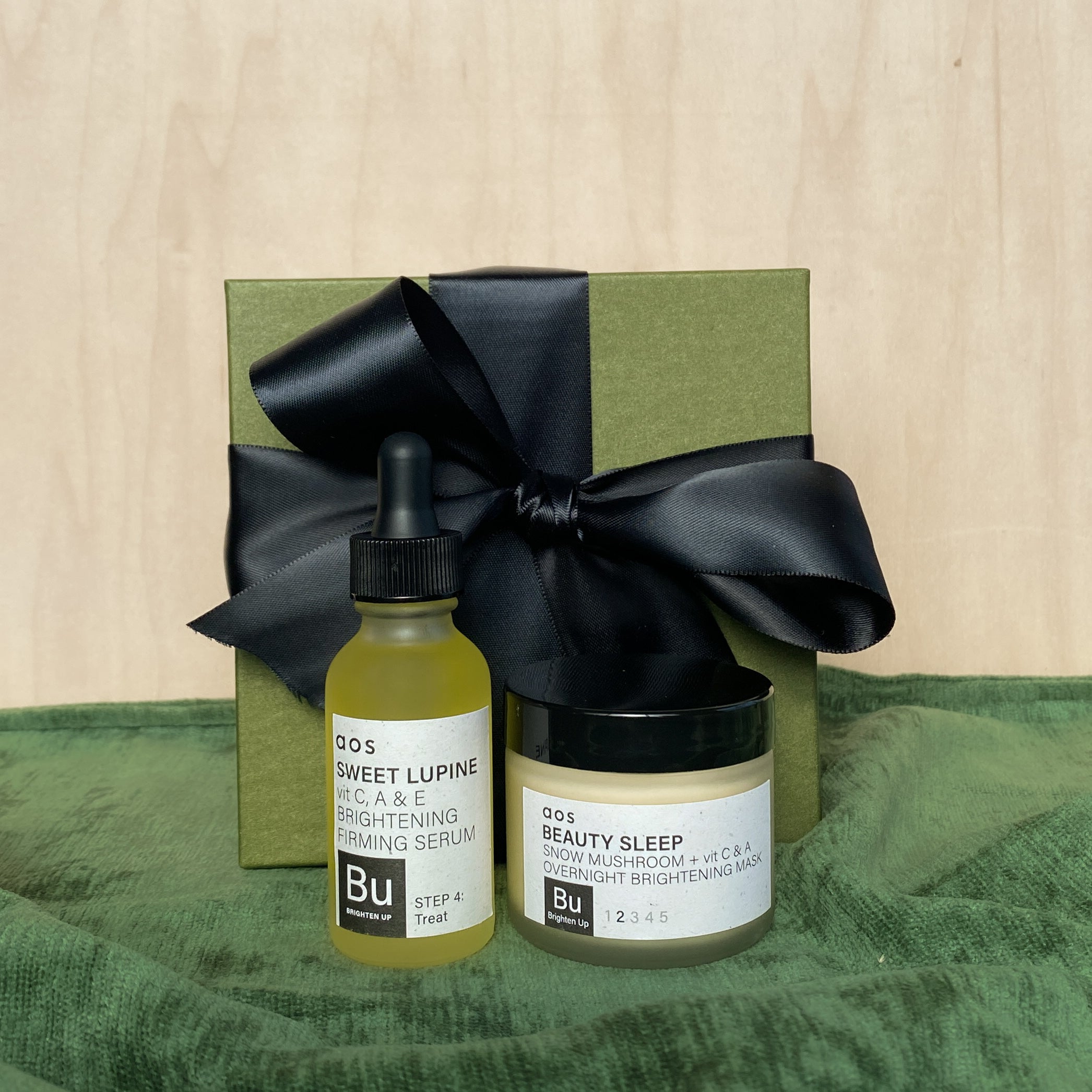

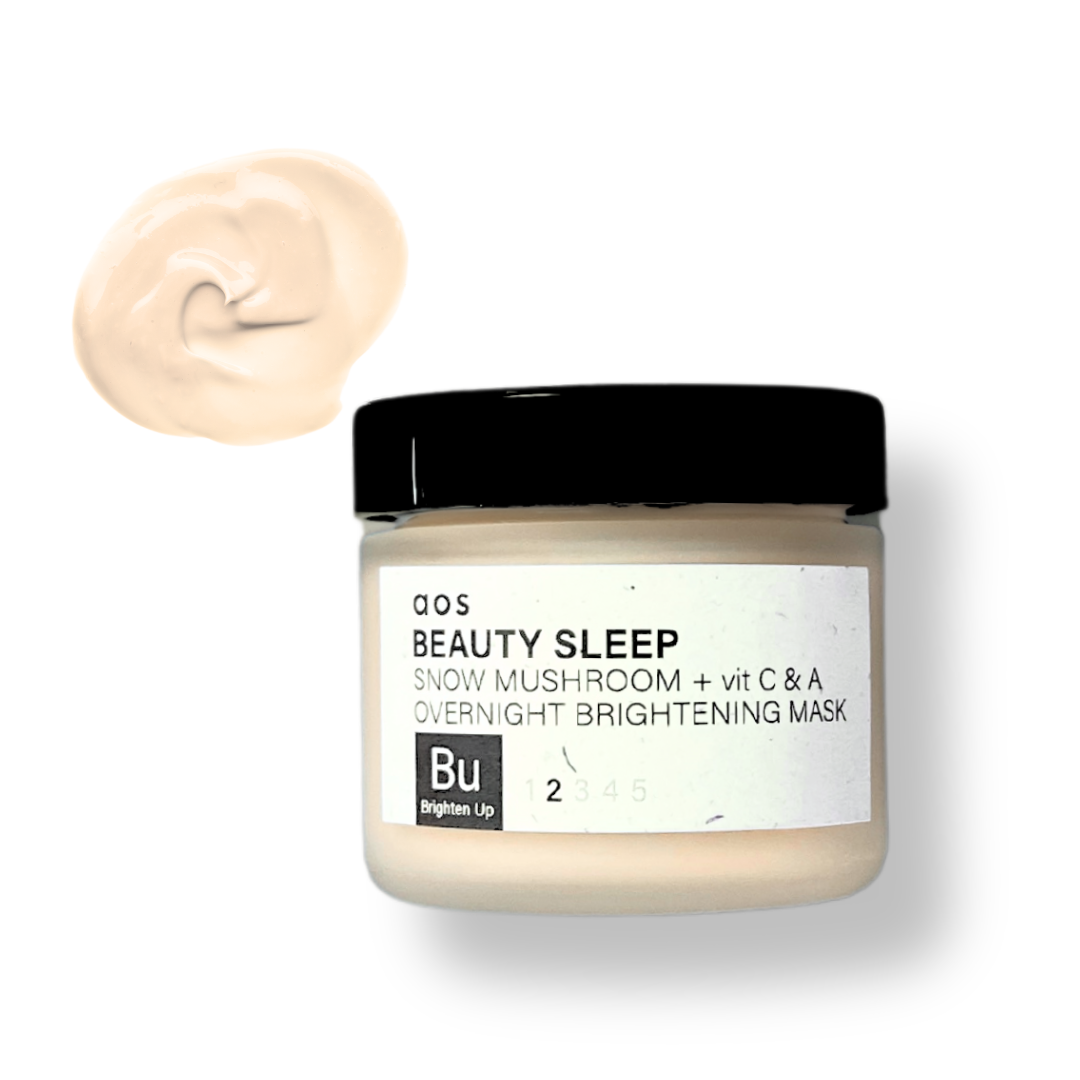

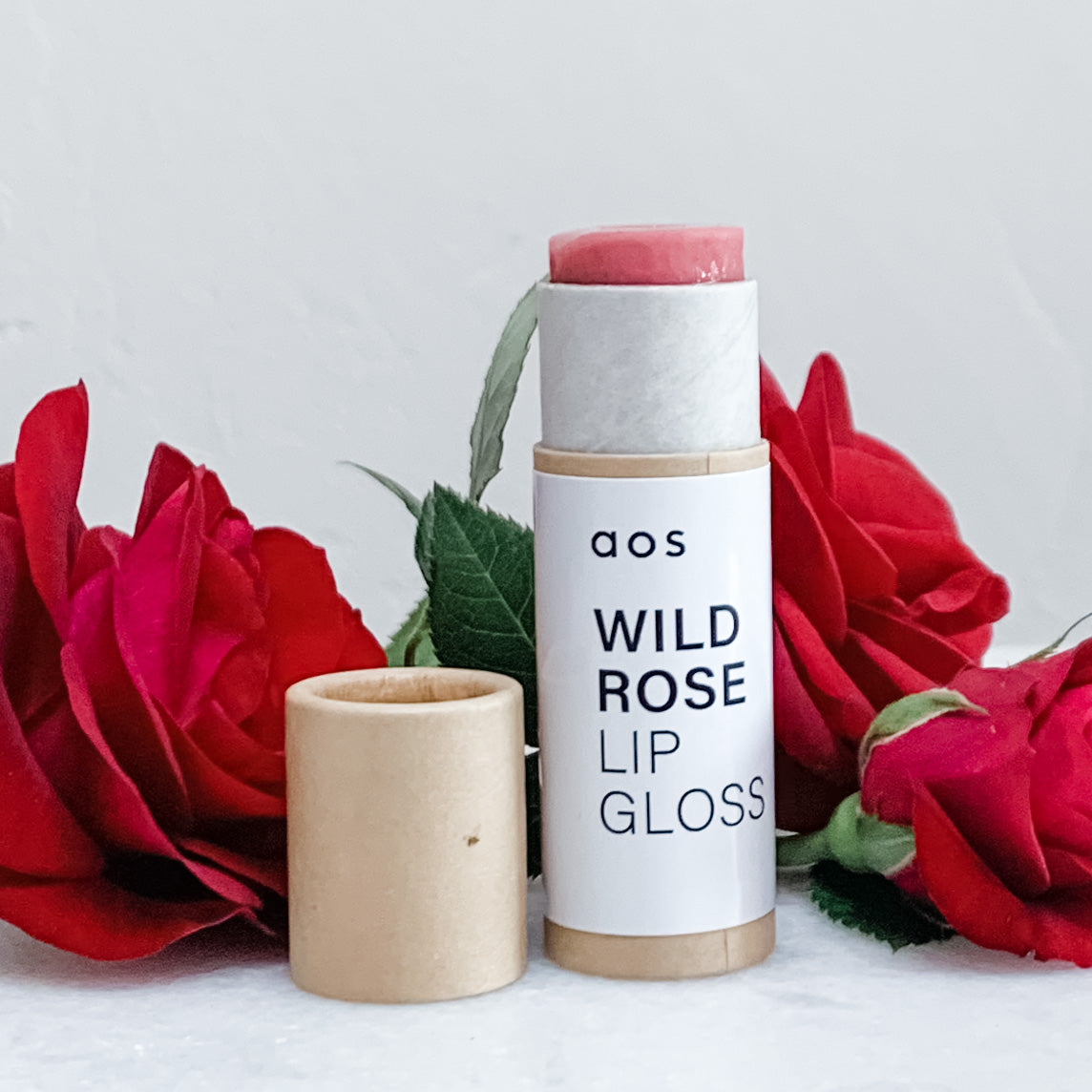
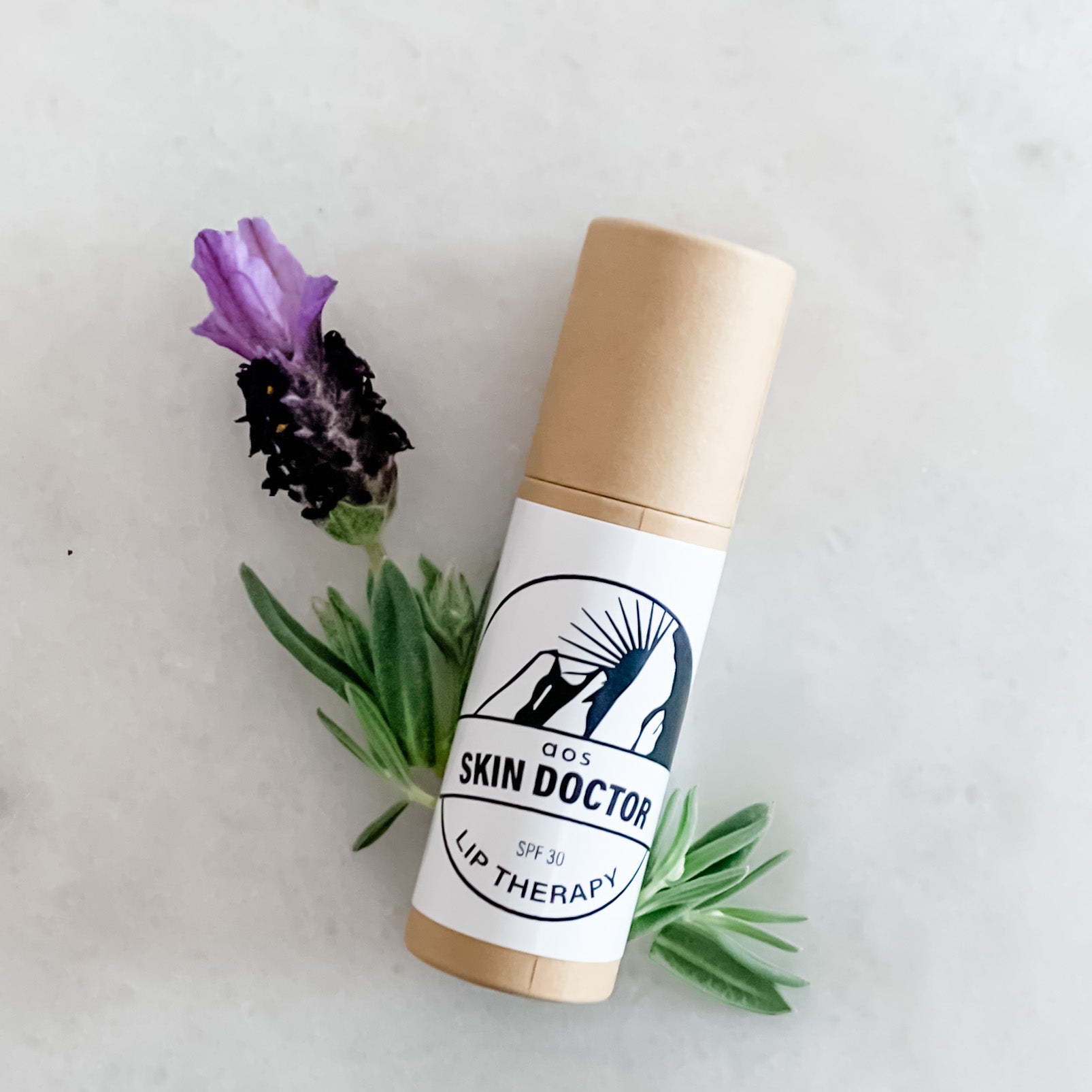


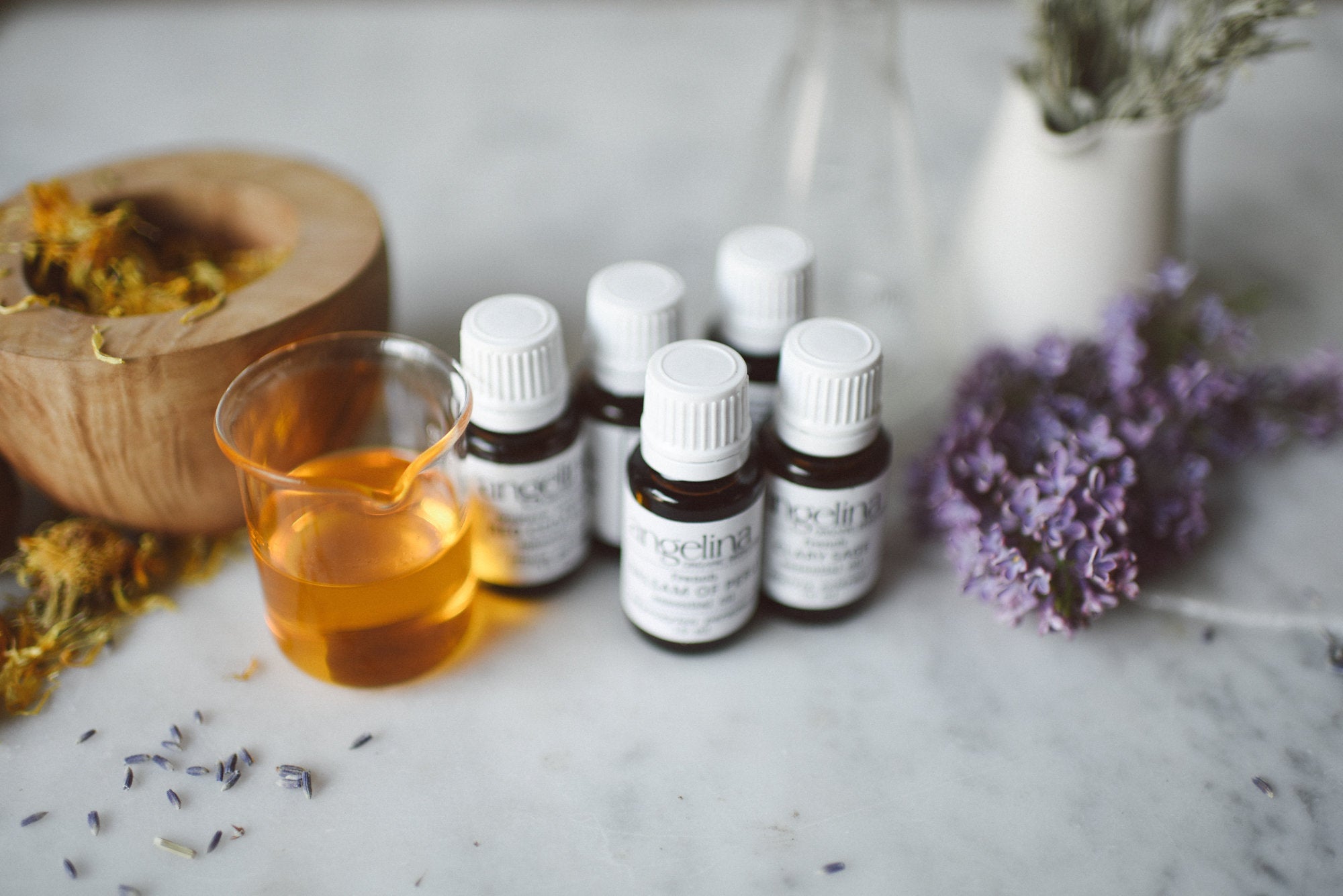




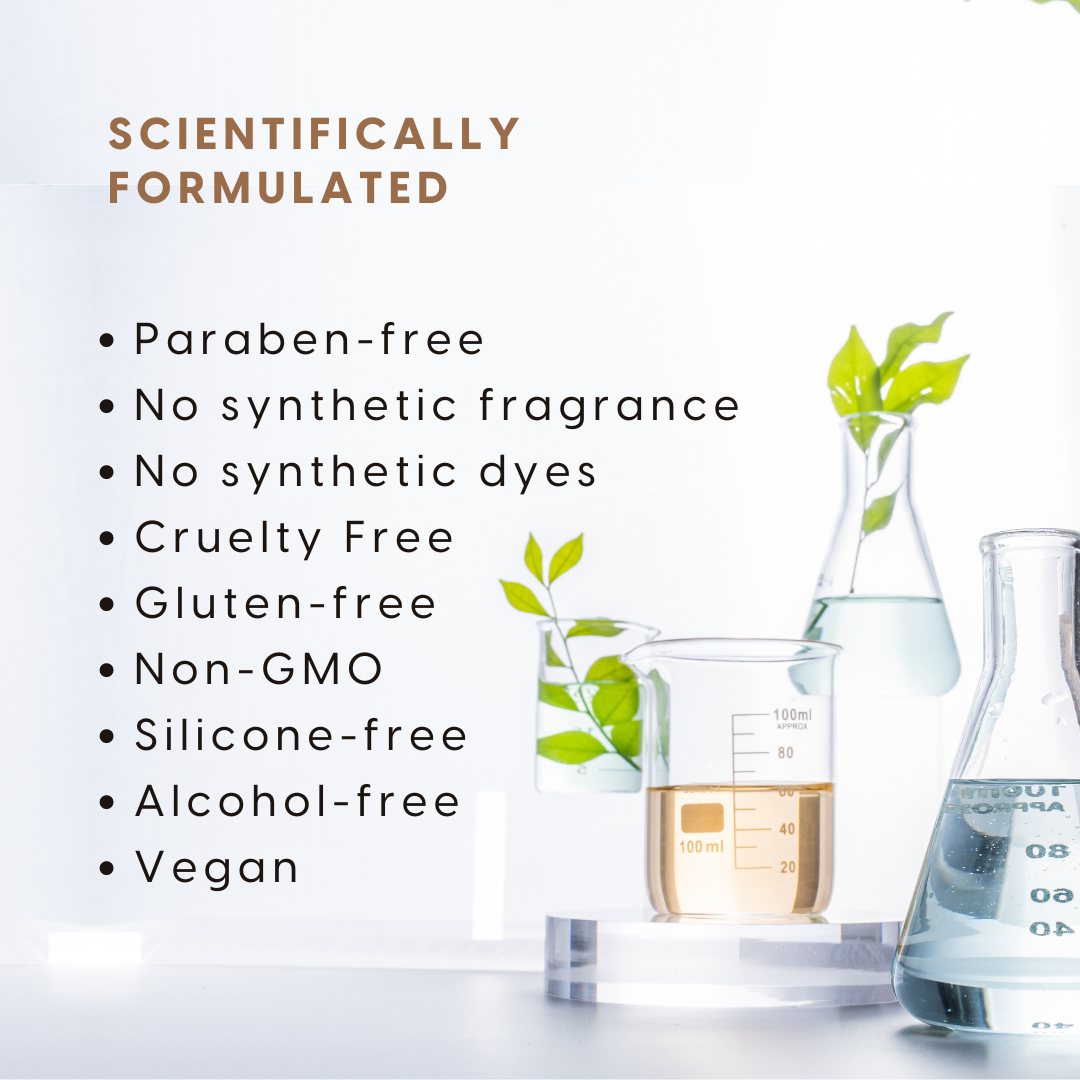


















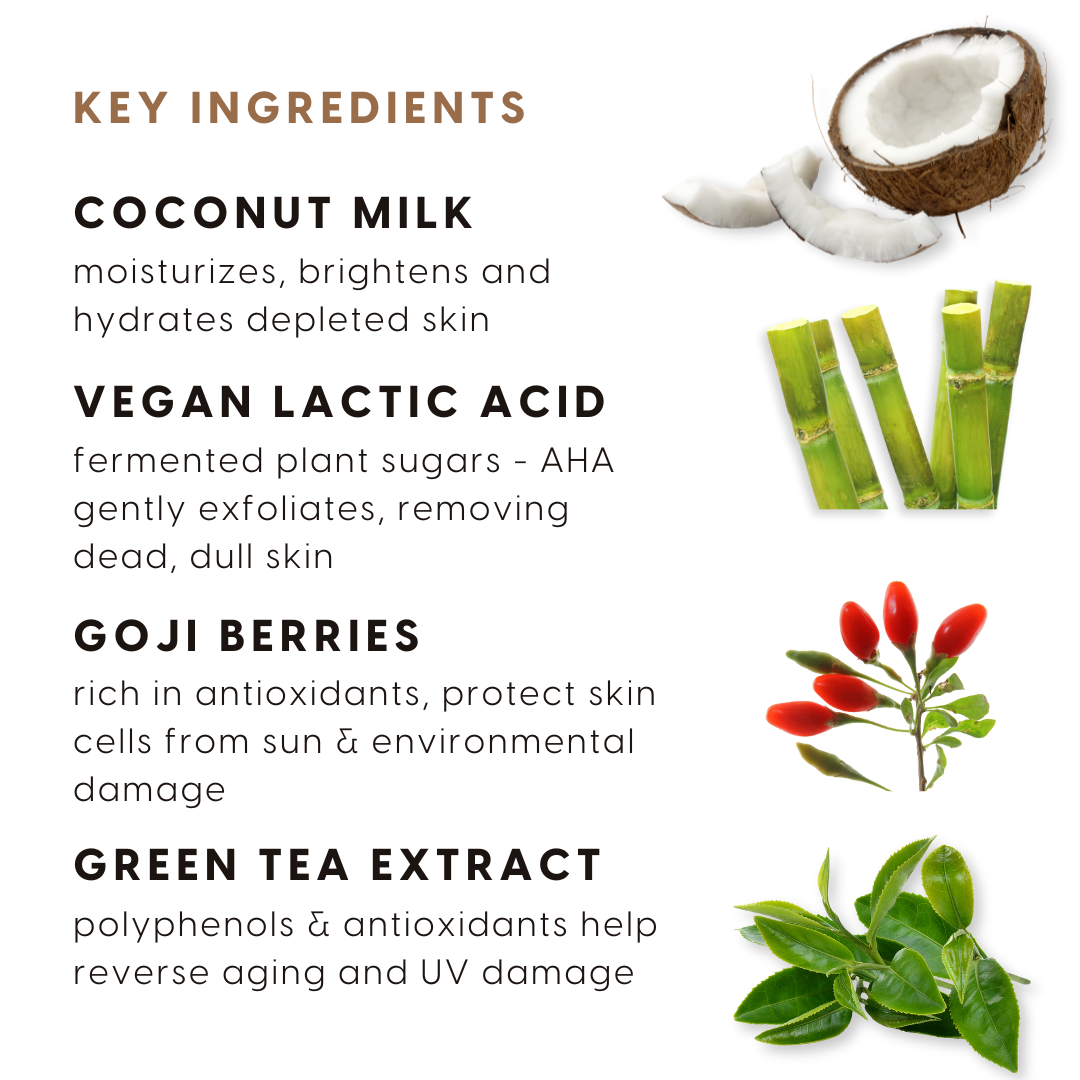

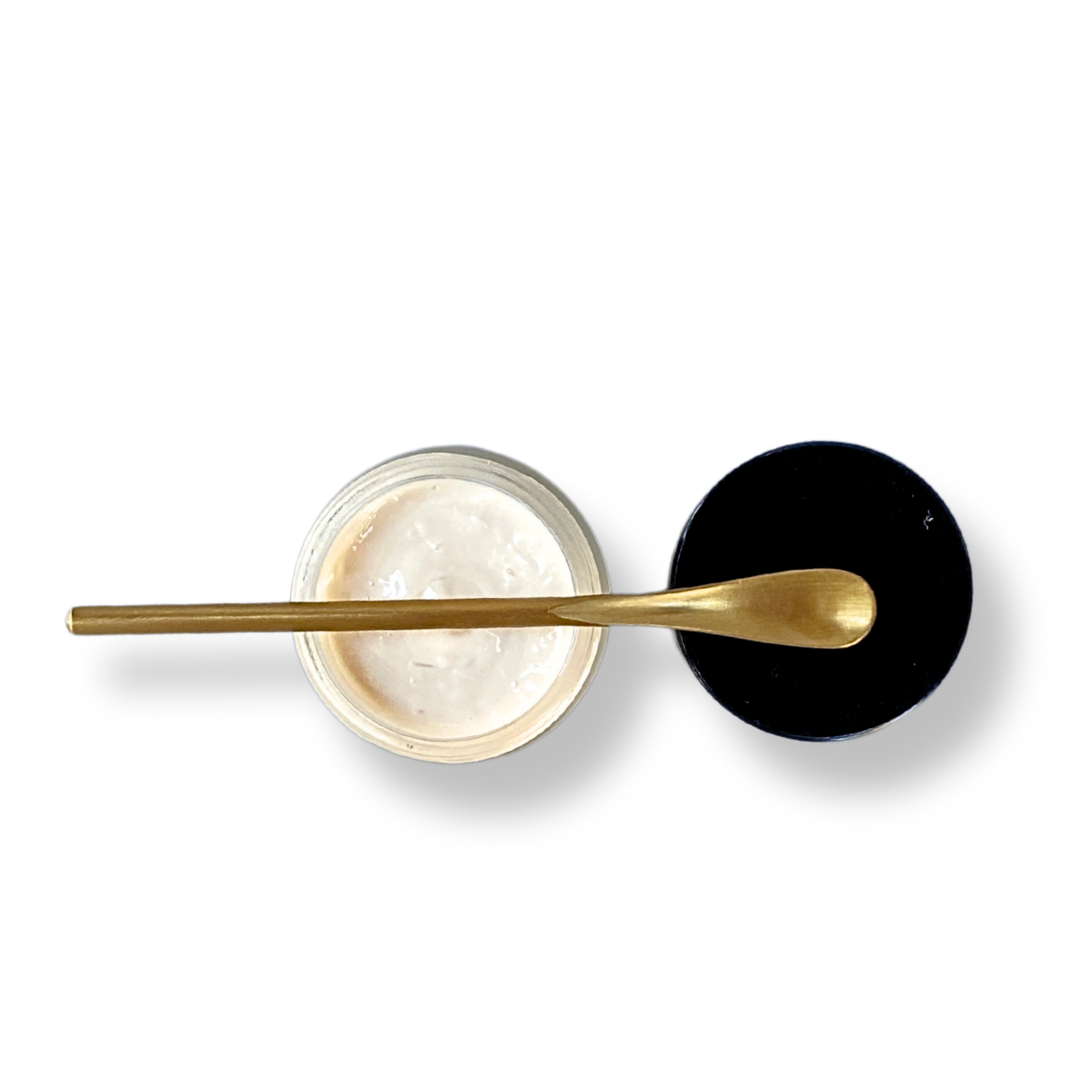
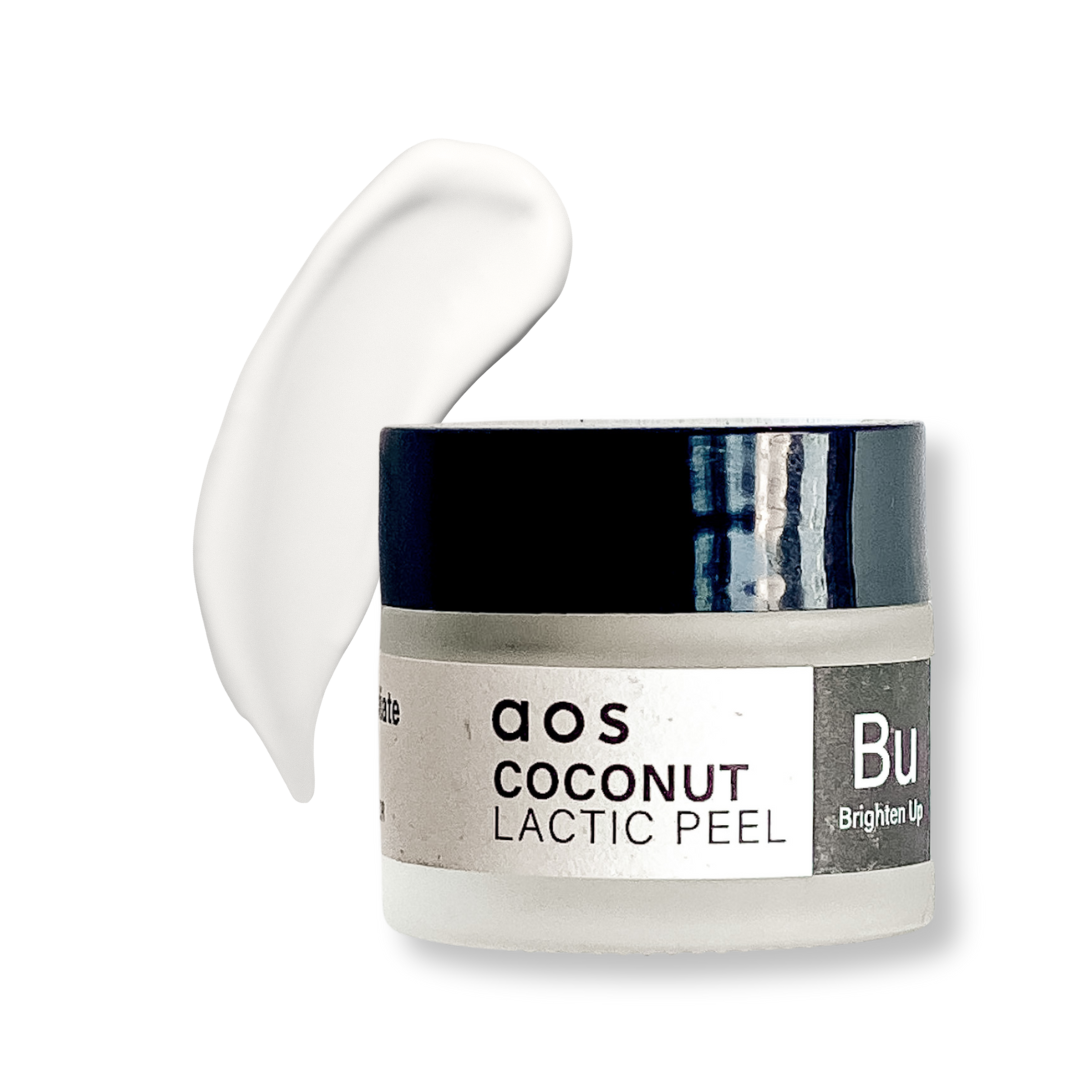







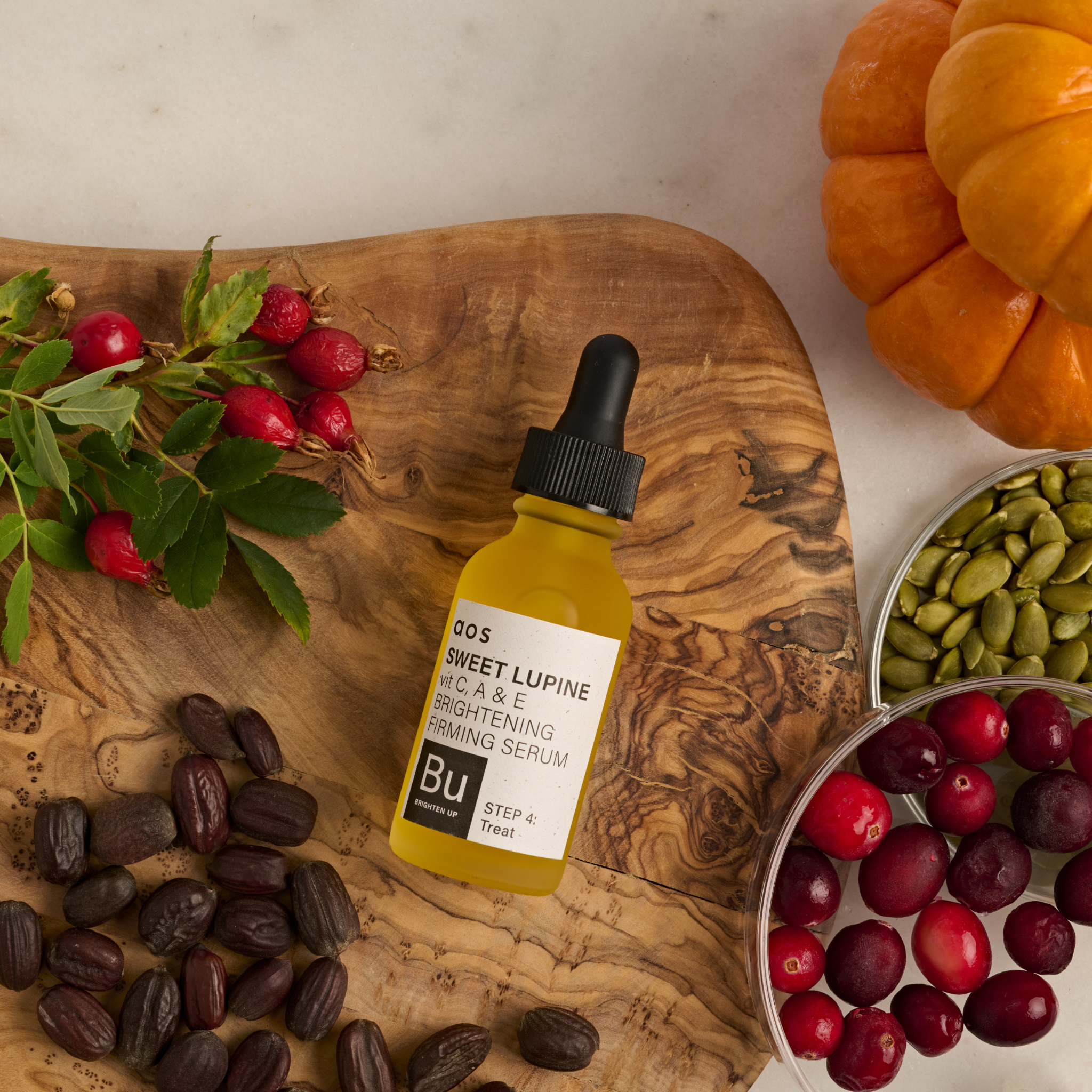


Share and get 15% off!
Simply share this product on one of the following social networks and you will unlock 15% off!